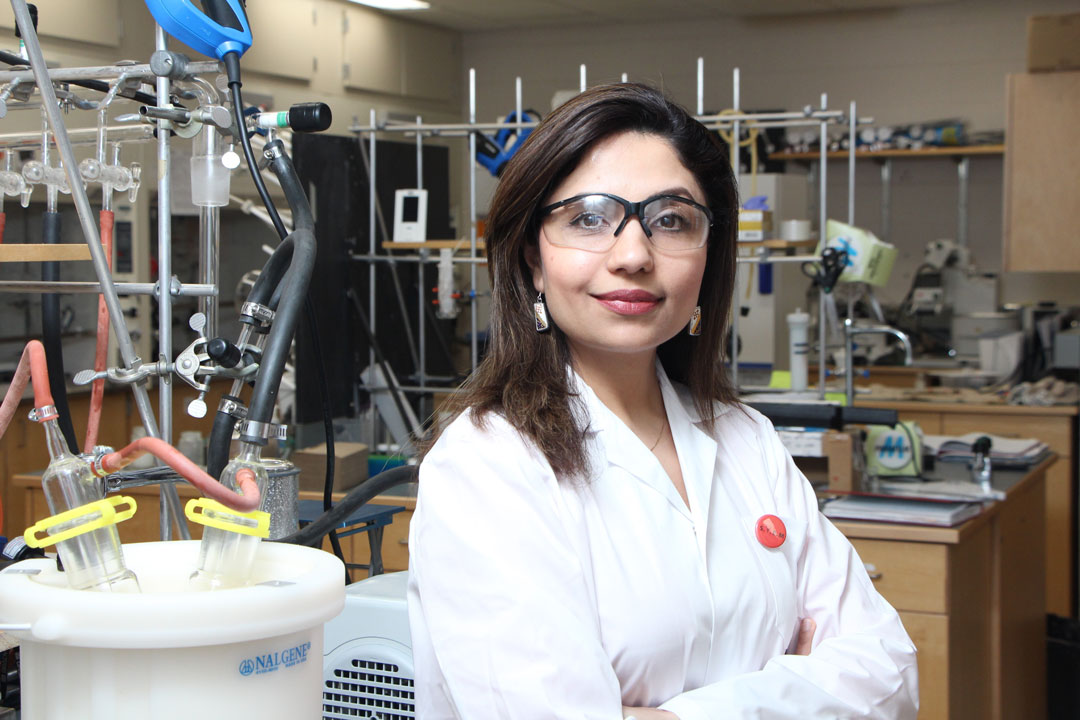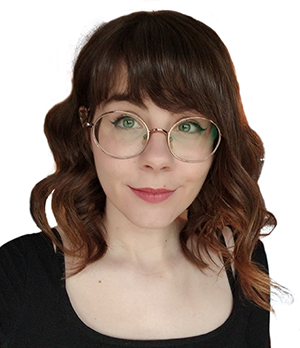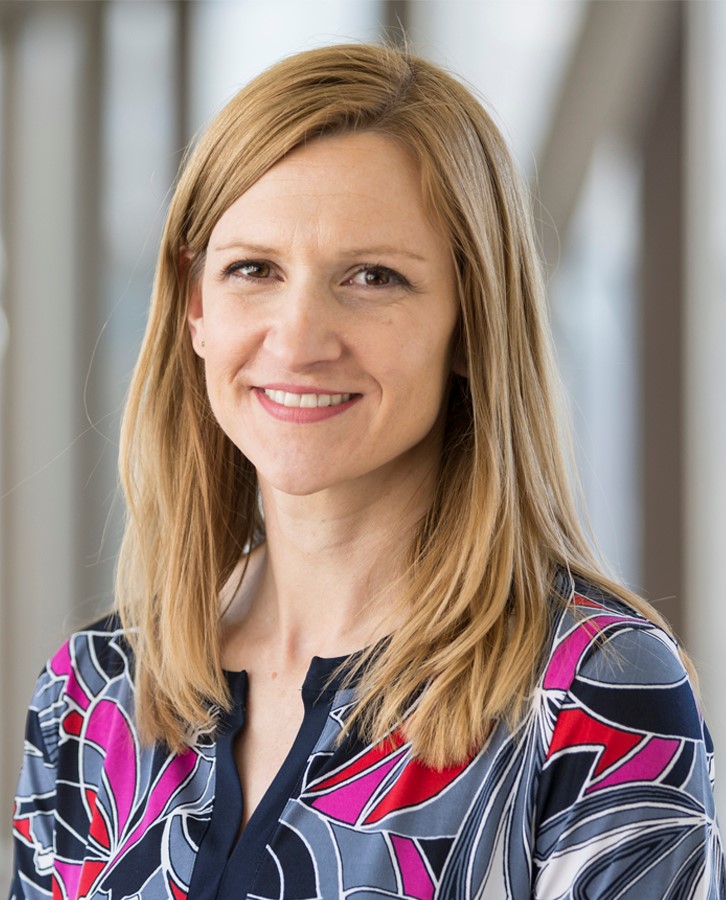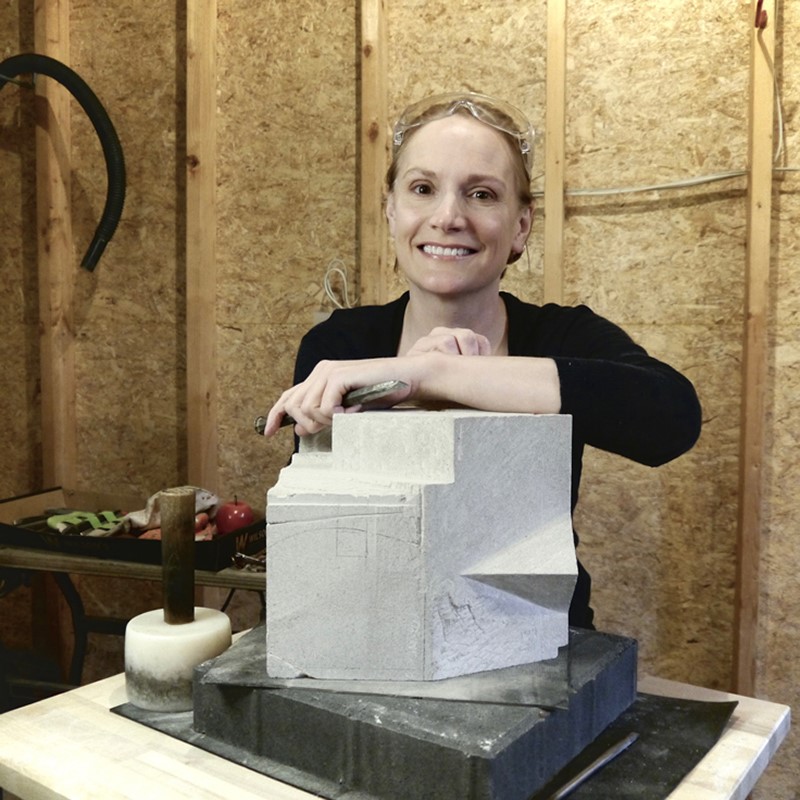
Outreach and mentorship key to increasing representation of women in STEM: USask scientists
Feb. 11 is the International Day of Women and Girls in Science
By Shannon BoklaschukOn Friday, Feb. 11, University of Saskatchewan (USask) faculty member Dr. Madison Klarkowski (PhD) will be reflecting on the International Day of Women and Girls in Science and what it means to her.
For Klarkowski, the day represents “a direct call to action for mobilizing efforts and resources” to support women and girls in science. She also sees it as a day of visibility.
“Unfortunately, women’s pivotal contributions in advancing science—and human knowledge—have historically been downplayed, misattributed, or forgotten altogether,” said Klarkowski, an assistant professor in the Department of Computer Science in USask’s College of Arts and Science who earned a PhD in computer-human interaction at Queensland University of Technology in 2017.
“The concealment of women’s efforts obviously renders women less visible in science, and the material consequences of this are summarized pithily by Marian Wright Edelman: ‘If you can’t see it, you can’t be it.’ It is so, so critical that young girls see women and girls in the sciences, so that they can see themselves in them—and are then able to imagine themselves as scientists, just as naturally as they might imagine themselves as firefighters, or architects, or teachers,” she said.

Klarkowski, who is studying the skill development and performance of esports athletes, believes outreach programs can help increase the representation of women in science, technology, engineering and math (STEM). According to statistics from the United Nations, women still account for just 28 per cent of engineering graduates and 40 per cent of graduates in computer science and informatics—despite a shortage of skills in most of the technological fields driving the Fourth Industrial Revolution.
“It is critical that we reach out to young girls to help them see that science is a viable career path for them. To this end, I am hugely supportive of academic outreach programs, and particularly of programs that connect with girls from disadvantaged or marginalized backgrounds,” Klarkowski said.
Dr. Elaheh Khozeimeh Sarbisheh (PhD) also values outreach and mentorship, and she wants to be a role model for young women in science. She previously chaired the University of Saskatchewan-Women in Chemistry (USask-WiC) group, which aims to foster an environment in which gender diversity is realized. The group’s goal is to encourage, support, and advocate for women and gender minorities, and its members seek to collaborate with undergraduate and graduate students, postdoctoral fellows, staff, and faculty members at USask.
“To make sure that women and girls are involved in various scientific pathways requires the creation of a new habit of making them involved and being inclusive,” said Khozeimeh Sarbisheh, who earned her PhD in the Department of Chemistry in the College of Arts and Science in 2017. “I look at the International Day of Women and Girls in Science as a reminder to everyone to work against their unconscious biases and to be persistent toward achieving the culture of inclusivity.”
Khozeimeh Sarbisheh, who grew up in Iran, recently worked with USask researcher Dr. Eric Price (PhD), whose lab is examining how to improve radiopharmaceuticals—the radioactive drugs that can be used to detect or treat cancers. Khozeimeh Sarbisheh is passionate about her research, and she wants other women and young girls to know that they, too, can pursue their scientific goals.
“Setting a day as a reminder, every year, to check where we are in our set goals and our value points is important, but it is not enough. I believe that every little act of awareness is important. In every level that we are, in every part of the world that we are, independent of our gender, we should act toward being fair and inclusive,” she said.
USask graduate Lana Elias (BEd’96, BSc’02) also believes outreach programs can encourage students from a variety of backgrounds to participate in STEM. Elias is the director of the Science Outreach Office in the College of Arts and Science, which provides engaging, hands-on programming for Saskatchewan students from Kindergarten through to Grade 12. Through the office’s Science Ambassador Program, USask students spend time in northern Indigenous communities working as science ambassadors. The office’s Kamskénow program, meanwhile, provides hands-on science and mathematics activities to Saskatoon community school classrooms with the long-term goal of increasing the participation of Indigenous people in the sciences.

Through her work in the college, Elias sees that progress is being made and that science classrooms are becoming more inclusive spaces.
“It’s encouraging to see an increasing number of girls interested in the sciences and an increasing number of women science faculty at USask, particularly compared to when I was a student here,” she said.
“According to the UN, many countries currently exhibit gender parity in the life sciences. With new practices that foster equity, diversity, and inclusion, I believe we will see this trend continue in all sciences in Canada and here at USask.”
Dr. Sandy Bonny (PhD), who earned her PhD in Earth and atmospheric science at the University of Alberta in 2007, didn’t have female scientists in her discipline to look up to when she began her undergraduate studies in 1996. As a result, she reflects that her academic path was often “shaped by assumptions held by male instructors” about how women could contribute to the geological sciences. For example, she was encouraged not to apply to geological survey internships, which were hosted from male-dominated field camps.
For women in the sciences, both field work and time-intensive lab work can also be complicated by societal structures that place disproportionate caregiving responsibilities on women. Bonny became a mother shortly after she completed her doctorate degree and shares that single parenting “definitely did factor into my risk tolerance as I considered employment options as a scientist.”
However, Bonny does see that positive advances are being made toward gender equity, as well as inclusion of more diverse cultural perspectives in the sciences. Bonny, who is also a literary and visual artist, is team lead for the College of Arts and Science’s Indigenous Student Achievement Pathways (ISAP) program and STEM Access Initiatives. She supports and mentors women and Indigenous students in STEM through these programs, as well as through USask’s first student chapter of the Canadian Indigenous Science and Engineering Society (USask AISES Canada).

“I think that the landscape is changing, if slowly, with efforts across many levels, and today there is increased female representation among STEM faculty,” she said. “Interdisciplinary programs are also gaining new respect and creating welcoming spaces for students who bring nontraditional interests and strengths.”
Early in her Master of Science program, Bonny joined an outreach group that connected female science students with one another, and with high school students interested in exploring possibilities for university, through a program called Women in Scholarship, Engineering, Science and Technology (WISEST). It was led by the late chemist and science educator Dr. Margaret-Ann Armour (PhD).
“Participating in these kinds of mentorship and science outreach opportunities is something that I would suggest to any student. It is a great way to find a community of support, be the role model you wish you’d had, and absolutely helped me to stay inspired and connected through my graduate studies,” said Bonny.
“I think that the International Day of Women and Girls in Science is a celebration of that spirit of community, and a celebration of the importance of diversity to solving the big problems we face in our world today. Science is both changing and primed for further change—it’s an exciting time for anyone to consider jumping in.”
Article was originally published at https://artsandscience.usask.ca.

